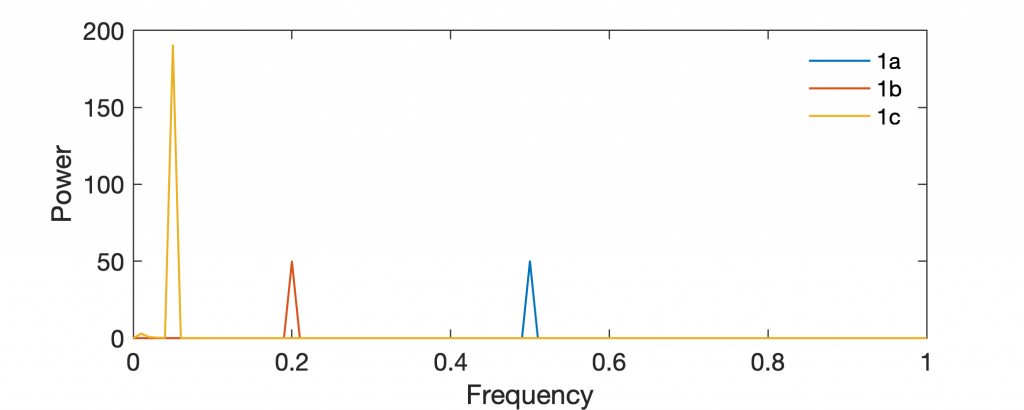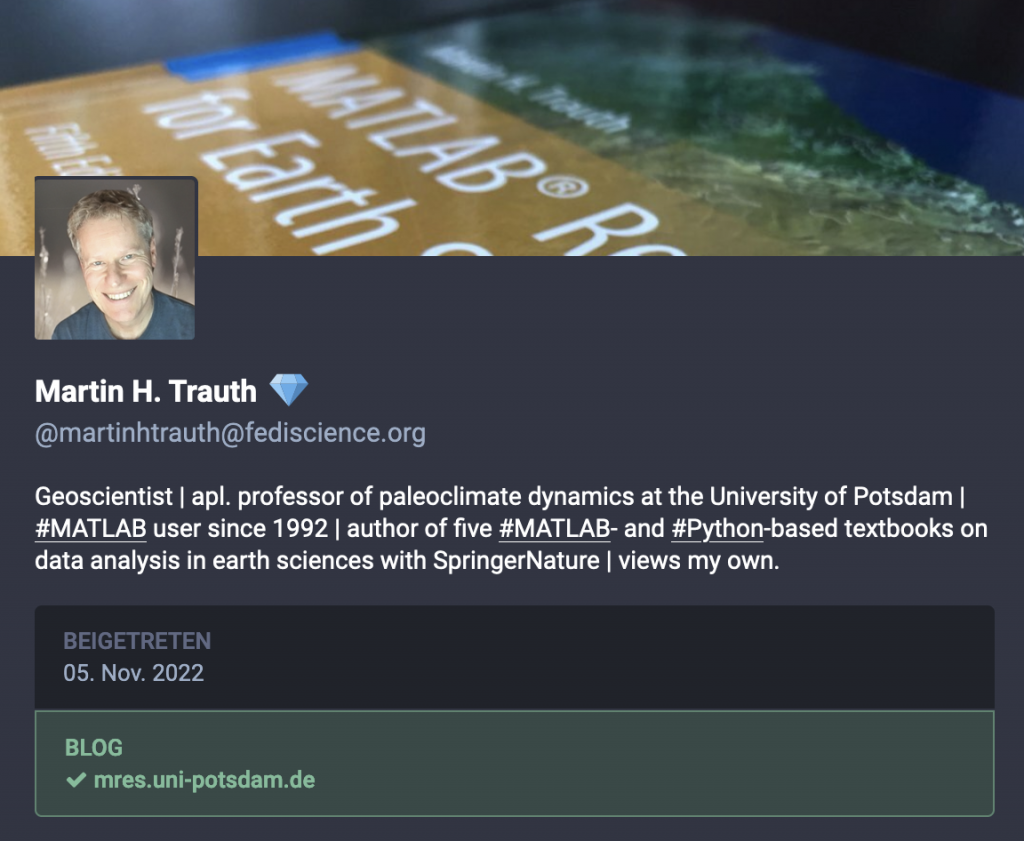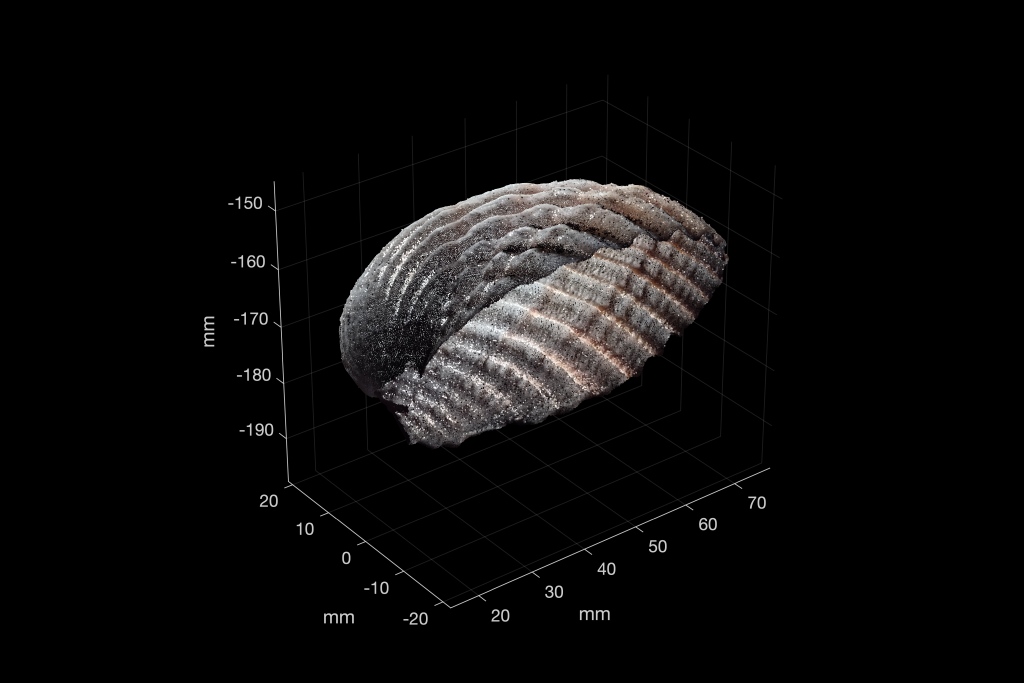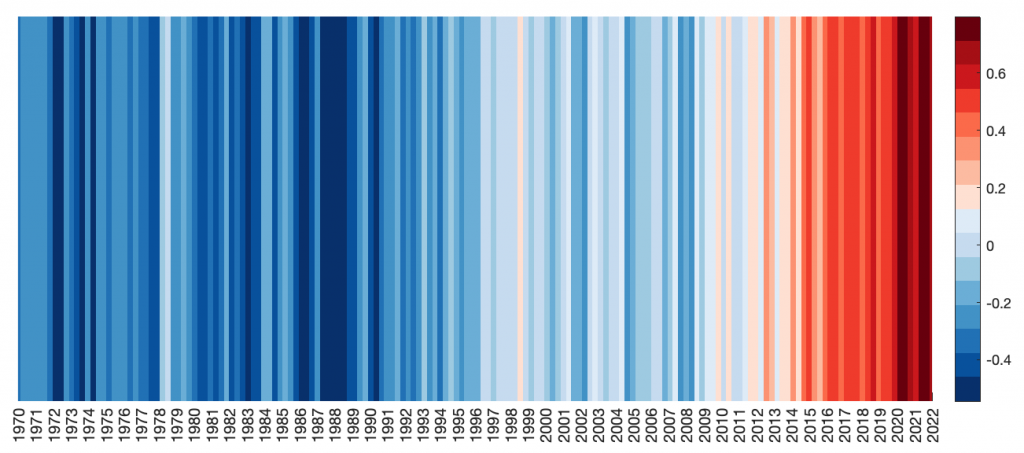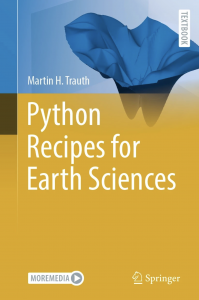A while back I wrote a post about John Aitchison’s Log-Ratio Transformation, Part 1, in the time domain and today Part 2 in the frequency domain. Here’s Part 3 with a MATLAB demonstration of a nice Aitchison example presented in an extended abstract by Pawlowsky-Glahn and Egozcue (2013). Continue reading “MATLAB Example to Illustrate John Aitchison’s Log-Ratio Transformation, Part 3”
MATLAB Example to Illustrate John Aitchison’s Log-Ratio Transformation, Part 2
A while back I wrote a post about Aitchison’s log-ratio transformation. It was about eliminating the dilution effect of an element 1c on elements 1a and 1b by dividing 1a/1b or log(1a/1b). One can show the effect of the log-ratio transformation also very nicely in the spectral domain. Here is an example. Continue reading “MATLAB Example to Illustrate John Aitchison’s Log-Ratio Transformation, Part 2”
ChatGPT in Scientific Writing and Coding
ChatGPT by OpenAI, publicly available as a prototype since November 2022, is an AI-based chatbot. Since then, it has been used by millions of users to answer questions, but also to write entire essays and solve programming problems. Here are a few thoughts on this from me, based on a few simple experiments. Continue reading “ChatGPT in Scientific Writing and Coding”
MRES/PRES is now on Mastodon
Now that Twitter has become an unpleasant place due to the takeover by the richest man in the world, the MRES/PRES blog is on Mastodon:
https://fediscience.org/@martinhtrauth
I hope to you see you there, and of course, still here on this blog.
Calculating 3D Point Clouds From 3D Scanning Outputs
When I was working on the student experiments for the book Signal and Noise in Geosciences (Springer 2021), there was an inexpensive 3D scanner available – right up until that moment when I got the money to actually buy it. The company Hewlett Packard bought the smaller manufacturing company and stopped the production of the cheap scanner. HP was selling much more expensive 3D scanners at that time. Now there is a inexpensive 3D scanner again, the Revopoint MINI, and I just got one. Here are the first results, scanning with the company’s software, then importing, processing and displaying the point cloud with texture with MATLAB. Continue reading “Calculating 3D Point Clouds From 3D Scanning Outputs”
Ed Hawkins’ Warming Stripes with MATLAB
Ed Hawkins, climatologist at U Reading, published a visualization graphics for climate data to display global warming. Here’s a script to display the warming stripes with MATLAB.
Seventh Chew Bahir Drilling Project Workshop in the Virtual Space
This week scientists from the Chew Bahir project will meet in the Virtual Space to discuss the latest results of the 290 m long ICDP cores from S Ethiopia. Continue reading “Seventh Chew Bahir Drilling Project Workshop in the Virtual Space”
PRES 1st Edition Errata File
This is the Errata File for Python Recipes for Earth Sciences (Springer 2022). The authors apologize for these errors, which were unintentional. The file is constantly updated on this webpage.
Please let me know if you find any mistakes, misunderstandings in the text, or general suggestions for additions and extensions. No book is as good as its next edition!

